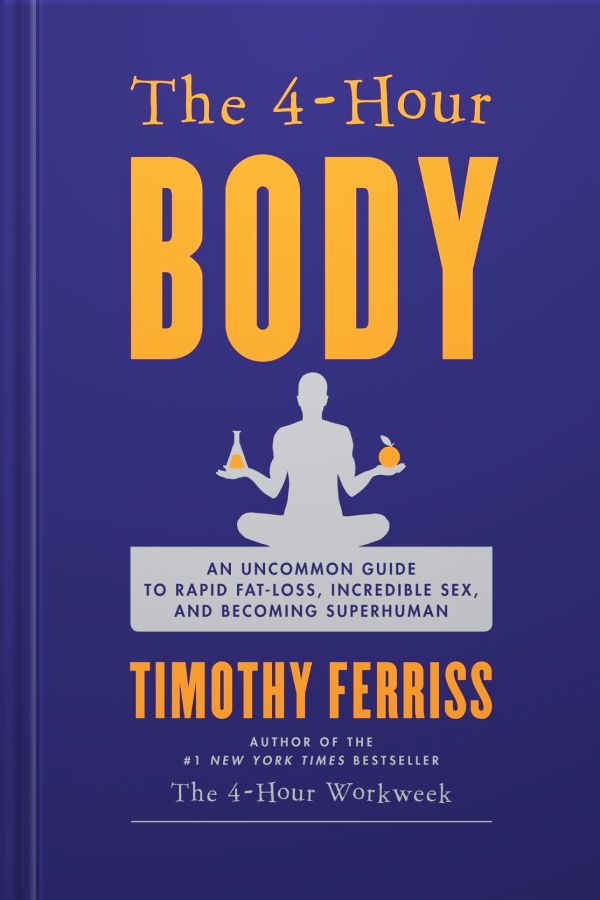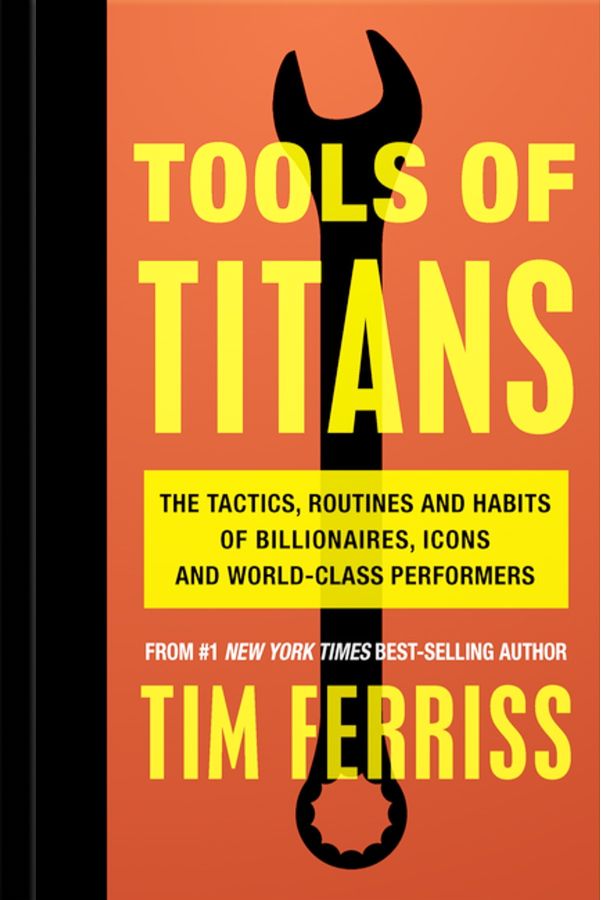
The 4-Hour Body by Tim Ferriss
1. The Power of Minimum Effective Dose
The 4-Hour Body strongly emphasizes the concept of the Minimum Effective Dose (MED).
Ferriss defines MED as the smallest dose that will produce a desired outcome. An example from the book is 15 minutes of sun exposure to elicit a melanin response or 80 seconds of tension for hypertrophy.
This notion resonates well. However, one oversight Ferriss fails to address adequately is the mutable nature of MED. As you grow, your MED changes. The 80 seconds will eventually extend to 100, and the caloric intake for fat loss will reduce from 2100 kcal to 1900 kcal.
2. Bridging the Gap Between Doctors and Bodybuilders
Ferriss advocates for a confluence of perspectives from medical professionals and seasoned athletes.
This blend safeguards against potential biases and misinformation.
For instance, doctors may have financial incentives that could color their advice. Placing your health in one basket is risky; a diversified approach is prudent.
3. Questioning Popular Beliefs
Ferriss' slogan, "Everything Popular is Wrong," casts doubts on widely accepted concepts like 'calories in vs. calories out.'
However, this can be misleading. The laws of thermodynamics are solid; they just aren't glamorous or novel enough to capture attention.
4. Pursuing Recomposition
A goal Ferriss proposes is a 20-pound recomposition – simultaneous fat loss and muscle gain.
A transformation that has the power to alter one's appearance completely.
Indeed, who wouldn't be thrilled with shedding 15 pounds of fat and gaining 5 pounds of muscle?
5. The Necessity of a 'Harajuku Moment.'
Every individual needs a defining moment - a 'Harajuku Moment' - when weight loss transitions from a 'nice to have' to a 'must have.'
Ferriss' observation resonates with personal coaching experiences; emotional catalysts often ignite the most lasting transformations.
6. Distinguishing Correlation from Causation
Training like a sprinter or an NBA star won't miraculously give you their physique or height.
As Ferriss aptly points out, 'Correlation does not imply causation.'
High-performing individuals often possess unique genetic advantages. It's also important to note the potential use of performance-enhancing drugs in elite sports.
7. Discarding the 'Genetic Excuse.'
Ferriss vehemently challenges the idea of a 'fat gene.' Genetics don't necessarily doom one to obesity; excessive calorie consumption does.
It's a matter of personal responsibility and discipline.
8. Steering Clear of White Carbohydrates
Ferriss suggests avoiding white carbohydrates.
The reasons? They're typically high in calories, low in nutrients, and tend to spike blood sugar levels.
9. The Water and Red Wine Doctrine
Drink only water and dry red wine, advises Ferriss.
While there's merit in avoiding sugary beverages, limiting red wine intake to 1-3 times per week might be more realistic and sustainable than his proposed daily allowance.
10. The Controversial Stance on Fruits
Ferriss advocates against fruit consumption due to its sugar content, a view many will dispute.
Fruits are rich in essential micronutrients, and their benefits far outweigh the perceived drawbacks.
11. The Case Against Cheat Days
The book allows for cheat days once a week. This may, however, foster an unhealthy relationship with food.
Building discipline and adhering to a balanced diet is a more effective strategy.
12. The Peril of Low Protein Consumption
Ferriss warns against the dangers of a low-protein diet.
He's right; consuming less than 50g of protein daily can exacerbate hunger, negatively impacting weight loss goals.
A higher protein intake can promote satiety, muscle repair, and growth.








